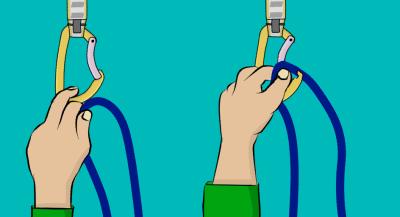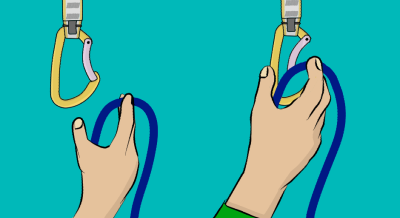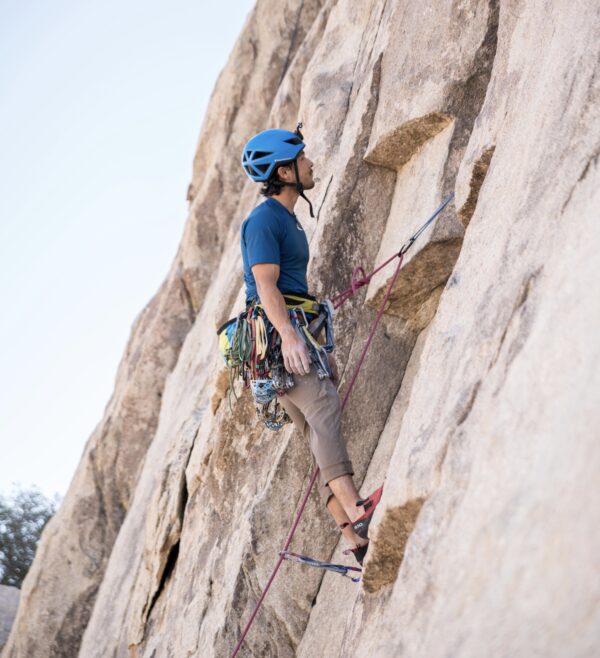Just to give a general idea as to where I’m at, I’ll give a brief explanation on the grading system. This will definitely come in handy later since they can be kind of cryptic. There are classes when it comes to climbing in order to “define” the skill level required for a climb or to let a climber know what to expect. However, this grading system is problematic for a number of reasons, primarily it’s not universal and can be very subjective. Classes 1 and 2 relate to hiking and trail running; classes 3 and 4 are for easy scrambling up slightly inclined terrain, and Class 5 is straight up rock climbing. In North America we use the Yosemite Decimal System (YDS) for anything from a 5.5 to a 5.13a and beyond. Typically, the range between 5.0 to 5.7 is considered easy, 5.8 to 5.10 is intermediate, 5.11 to 5.12 is hard, and anything 5.13 and above is excruciatingly difficult. Grades 5.10 and up are also divided into sub-grades using letters ‘a’ to ‘d’ (i.e. ranging from 5.10a to 5.10d).
During an evening climb, my lead climbing partner, who will be doing the certification with me later on, and I practiced clipping together for the first time (shout out to Dirtbag Drive for their blog). There are a few methods to clipping but we focused on two (well 4 if you count doing them in each hand). No matter what, you always keep the bottom of the rope against the wall and the top (what you’re attached to) is coming away from the wall, up and through the carabiner, when clipping. You are also clipping the carabiner (protection) with one hand. Whichever method you choose depends on which hand you’re able to bring the rope up with and what direction the carabiner’s gate is. The gate is the opening/closing mechanism for the clip. To make the methods easier to remember I also gave them nicknames.

Clipping Method A: Place your hand on top of the rope and gather it (or pinch it) with your thumb and forefinger. While using the middle finger to stabilize the carabiner, slip the rope through the carabiner’s gate. I call this one “Being Salty” since you pinch the rope like a pinch of salt.

Clipping Method B: Put your hand in the shape of a two fingered ‘finger gun’ with your middle finger slightly in front of the index finger. Bring your hand under the rope, situating it on your middle finger (you can choose to have it over your thumb as well for balance). Stabilizing the one side of the carabiner with your thumb, push the rope through the gate using your forefingers. I call this one “Pew-Pew” (it’s fun to say while clipping).

Now, it’s good to note that clipping makes the climb considerably more difficult, so common practice is clipping on grades lower than your typical climbing level (usually somewhere between a 5.6 and 5.8).
Climbing Above Expectations: Achievements of the Week!
In climbing there is a lot of ‘overcoming’ when it comes to a hard route, a fear, an emotional imbalance, and self-doubt. Personally, the biggest wall to climb is doubting my own ability, knowledge and strength. However, this week has given me a lot to reconsider. My climbing partner and I were on a 5.9 route practicing some clipping at CragX, our local climbing gym. On the same wall there was a 5.11a that looked interesting to both of us. So we said “Why not? Let’s go for it!”. She was the first one to rope up and worked through a lot of difficult areas while I belayed her and took mental notes. I fully intended to not make it to the top in one go but I did. This was my first 5.11a ever and it worked me, but I made it! I was so surprised. I couldn’t believe that I had broken through to a 5.11. Now, completing just one route does not make you that level of a climber but man does it feel good!
A big moment was setting up an anchor system for top roping, by myself, outdoors. Setting up a rope system is setting up the safety for yourself and whoever you’re climbing with. On a previous trip, I had known how to set it up but froze with doubt. The years of people telling me that I was wrong came flooding in and then I was overthinking each knot. I then asked my partner to come up and tell me what to do. However, this day I needed to do it. It was a girls climbing trip to Sunny Side at the Nanaimo River and, with some review before we left, I was determined.

It was nerve-racking, leaning over the edge of the cliff to clip the personal anchor system (PAS) in, swinging my legs over the side and slowly sliding away from the safety of the cliff’s edge until there was nothing but my PAS holding me up. Then, I got to work. I was slow and methodical but ultimately put up my first top rope anchor by myself! Except I didn’t achieve it by myself. Only with the immense support and teaching from my experienced boyfriend and the encouragement from these strong women in that moment, was I able to persevere.
This week, through the support of others and by pushing myself, I’ve learned that I’m capable of so much more than I give myself credit for and just have to reach for it.
“For me, climbing is a form of exploration that inspires me to confront my own inner nature within nature.”
Lynn Hill
This week’s quote is from the amazing female climber, Lynn Hill. In 1979, she was the first woman to climb a route rated 5.12d. She had some wild breakthrough experiences such as completing the first free climbing ascent of the Nose (on El Capitan, Yosemite Valley) in 1993 and then doing it for the first time in under 24hrs in 1994. Hill is a hugely influential figure in the climbing world, who’s achievements broke barriers for all kinds of climbers that are still felt today.




